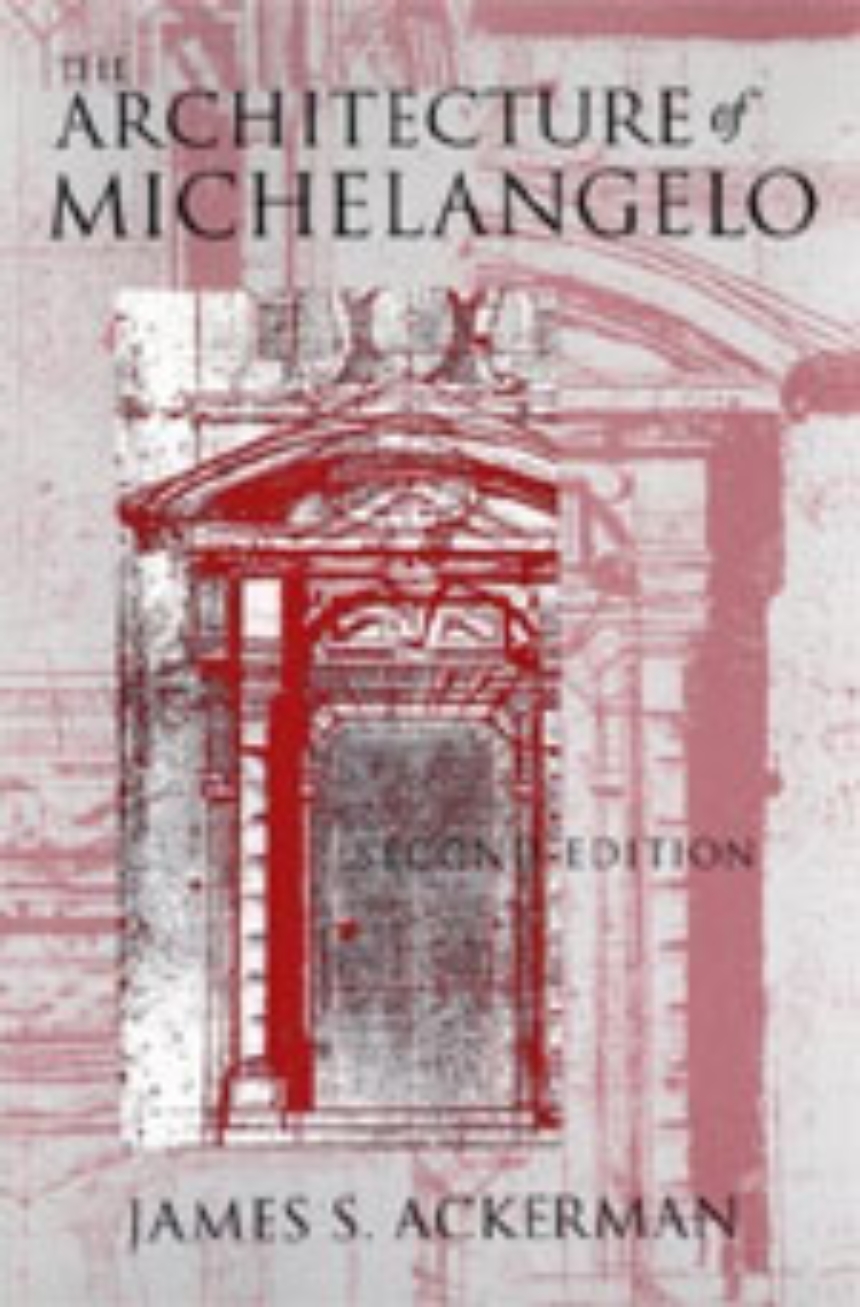The Architecture of Michelangelo
In this widely acclaimed work, James Ackerman considers in detail the buildings designed by Michelangelo in Florence and Rome—including the Medici Chapel, the Farnese Palace, the Basilica of St. Peter, and the Capitoline Hill. He then turns to an examination of the artist’s architectural drawings, theory, and practice. As Ackerman points out, Michelangelo worked on many projects started or completed by other architects. Consequently this study provides insights into the achievements of the whole profession during the sixteenth century. The text is supplemented with 140 black-and-white illustrations and is followed by a scholarly catalog of Michelangelo’s buildings that discusses chronology, authorship, and condition. For this second edition, Ackerman has made extensive revisions in the catalog to encompass new material that has been published on the subject since 1970.
Table of Contents
List of Illustrations
Preface to the Second Edition
Preface to the First Edition
Introduction
1. Michelangelo’s ’Theory’ of Architecture
2. The Façade of San Lorenzo in Florence
3. The Medici Chapel
4. The Library of San Lorenzo
5. The Fortifications of Florence
6. The Capitoline Hill
7. The Farnese Palace
8. The Basilica of St. Peter
9. San Giovanni De’ Fiorentini and the Sforza Chapel
10. The Porta Pia
11. Santa Maria Degli Angeli
12. Conclusion
Notes
List of Abbreviations
Catalogue of Michelangelo’s Works
Bibliography
Index
Preface to the Second Edition
Preface to the First Edition
Introduction
1. Michelangelo’s ’Theory’ of Architecture
2. The Façade of San Lorenzo in Florence
3. The Medici Chapel
4. The Library of San Lorenzo
5. The Fortifications of Florence
6. The Capitoline Hill
7. The Farnese Palace
8. The Basilica of St. Peter
9. San Giovanni De’ Fiorentini and the Sforza Chapel
10. The Porta Pia
11. Santa Maria Degli Angeli
12. Conclusion
Notes
List of Abbreviations
Catalogue of Michelangelo’s Works
Bibliography
Index
